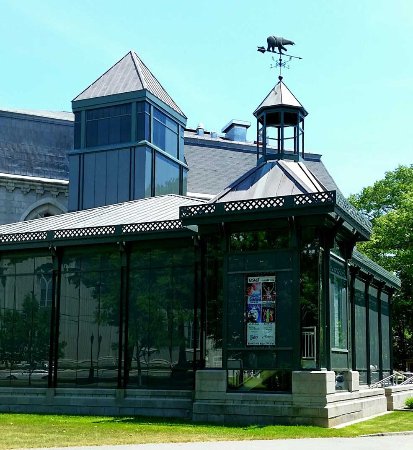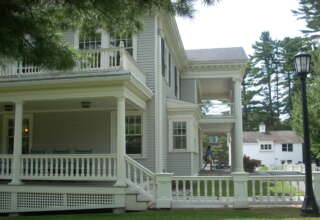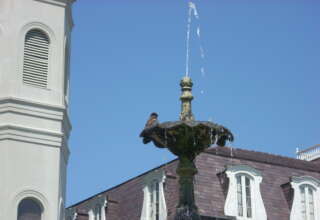
As we turn to the financial challenges facing our populations of working women, the issue of leverage certainly comes to the fore. They usually only receive “living wages” (or “slave wages”), which offer them little opportunity to build a financial reserve. Furthermore, in many instances, these women send much of the money they earn to their families back home. Both populations we studied live in someone else’s residency (Mill and Harvey dormitories). There is no possibility of building assets, even with the engagement of DeSoto’s proposal.
Furthermore, as DeSoto has noted, bankers worldwide are not particularly interested in acknowledging the intangible assets he has identified. There seems to be even less of an appetite among modern-day bankers for our expanded notion of assets, even though the premodern concept of assets does seem to include consideration of these sources. In a premodern society, a person’s trustworthiness, diligence, knowledge, and skills are worth something when a loan is made, a bargain is struck, or a barter is engaged.
Assets, worth, and indispensability
A reframing of assets is required. The notion of asset must be expanded beyond that of a physical entity (such as cash or land) or even informally acknowledged fishing or homesteading rights. A less tangible notion of assets would incorporate experience, knowledge, skills, education, and reputation. These assets would be assigned some Worth. Much as Estes identifies these entities as sources of employee investment in an organization, so they might be acknowledged as legitimate sources of Worth for someone from below the Line. In finding that they are indeed “worthy,” someone from below the Line can not only find success in securing a bank loan. They can also find “success” in genuinely realizing their distinctive self-worth.
The women we studied possess great Worth, at least by the standards we have set. Specifically, many senior Mill Girls and Harvey Girls own an asset based on their “indispensability.” This asset is based on their accumulated experience, acquired skills, and deeply embedded wisdom. This indispensability is to be seen among the women we studied and the many women vividly portrayed in The Help. Indispensability and the value of an asset, such as knowledge and skill, are to be found not just in the households of the American South. The indispensability is also present in organizations. It is evident when the owners of a business declare, “What would we do without her?”
What is the Worth assigned to the knowledge that one of our women has acquired about how consistently to produce high-quality cloth? She knows how to run her loom as if it were a part of her. What about serving a particularly troublesome Harvey restaurant customer? What social skills are needed to get this customer served with minimal fuss? There are many other kinds of wisdom to be found among our women.
There is wisdom to be found among those women who confront the often-restrictive rules of an organization such as the Fred Harvey Company. Which rules do we observe—and which do we ignore or retool to make them of some use and value? The accumulated wisdom might simply concern how one lives (and perhaps even flourishes) in a world consumed by work. The older women share stories with the younger women. All women benefit. The asset called Wisdom is shared (though not honored by the local bank).
How might we assign a dollar value to this work and life-related wisdom? How do these remarkably experienced women take this wisdom to the bank for a loan, so that they might start their small restaurant, buy or build their own crafted loom (to produce a small amount of high-quality cloth), or set up their own small home cleaning service? Is such a conversion of wisdom into a small amount of wealth even possible in a contemporary capitalist society where Lines have been clearly drawn and reinforced?






